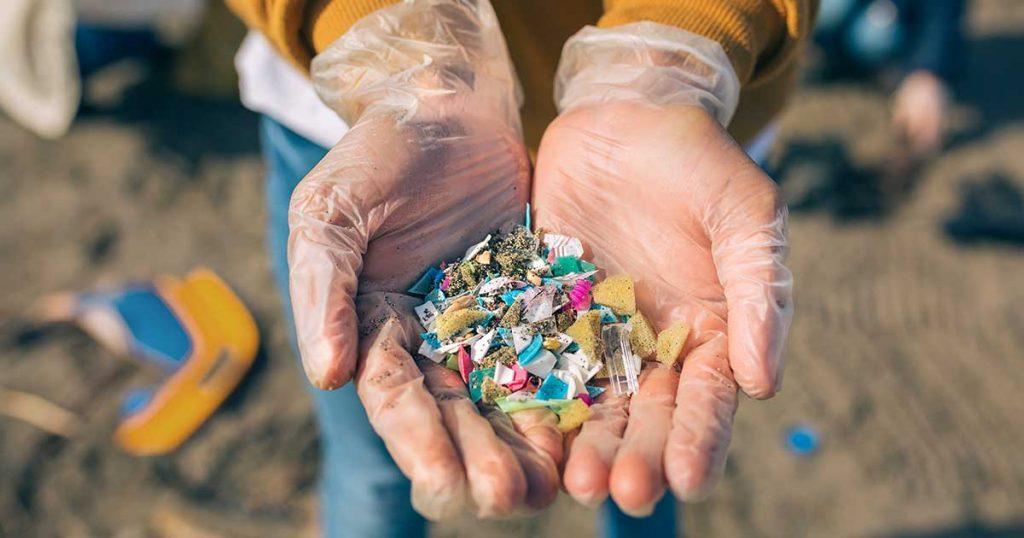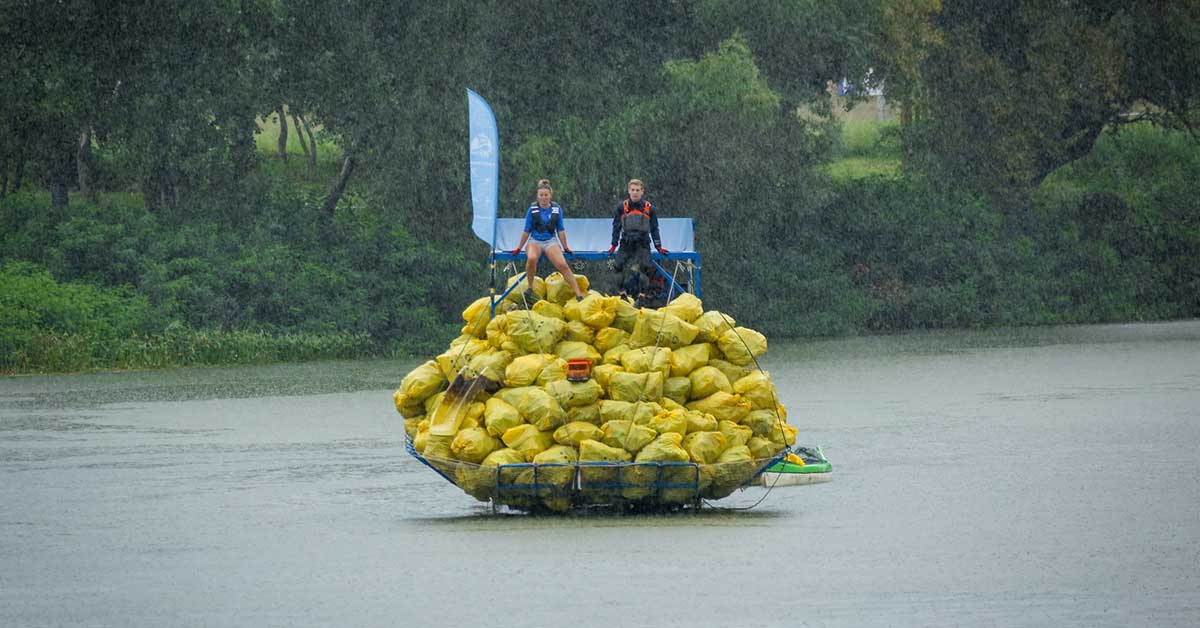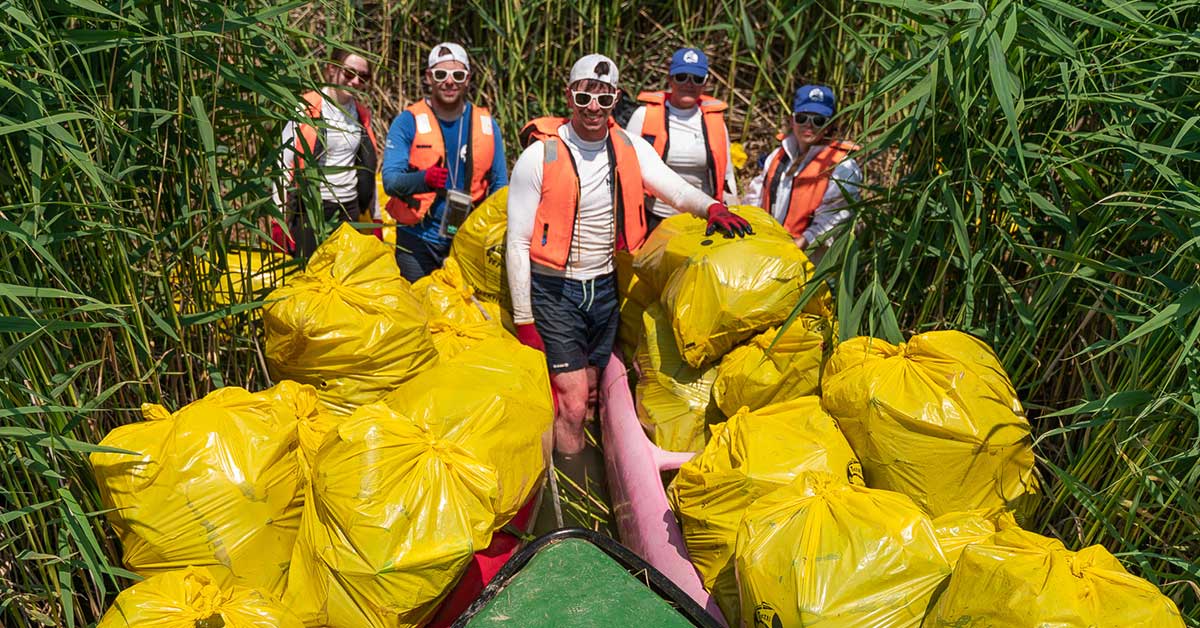
We know the impact of microplastics for years and years now. However, despite consuming a whole credit card worth (5 g) of microplastic every single week, it doesn’t seems to care corporates and us, consumers enough to change the way we live – on the contrary: plastic production and consumption is growing rapidly every year. Now, does it have an impact on river Tisza?
According to the researchers of the University of Szeged (SZTE), the amount of microplastics in river Tisza is also increasing. According to the scientists some of the microplastics sized between 0.05 and 5 millimetres, come from cosmetics, but most of them are fallouts of larger pieces as a result of physical impact.
Such an effect is, for example, washing. From a full load in the washing machine 70,000+ small particles of synthetic fibre clothes make their way into the wastewater – and then into the rivers.
For the third year, SZTE researchers have been investigating the microplastic pollution of Tisza from its source to its mouth. Every year, they measure the amount of microplastics that have been deposited in the sediment, and based on the images taken every five days by Sentinel-2, the European Space Agency’s satellite, they also find out about the floating sediment content of the water and what proportion of it is made of microplastics.
According to these tests, there are more and more microplastics in Tisza, and the distribution of pollution is also changing. One of the reasons is that in many of the settlements along the Upper Tisza, sewage treatment has not been solved, or the treatment plant was only completed in the last four or five years.
In the past few decades – since synthetic fibre clothes have been around – plastics have entered the river with sewage and remained there, as they can’t decompose for at least five hundred years, but some of it remains for a whole millennium.
According to the plans, the university’s researchers will continue to investigate the microplastic pollution of the Tisza and possibly other rivers, also looking for answers to how the floods transport the pollution and where it is deposited. They also want to find out how much plastic is in sewage and sewage sludge, and what kind of danger the placing of sludge on agricultural plots can pose on the soil.



One Response
Romanian wlachs and ukrans did and do this with our Blond River of Tisza!